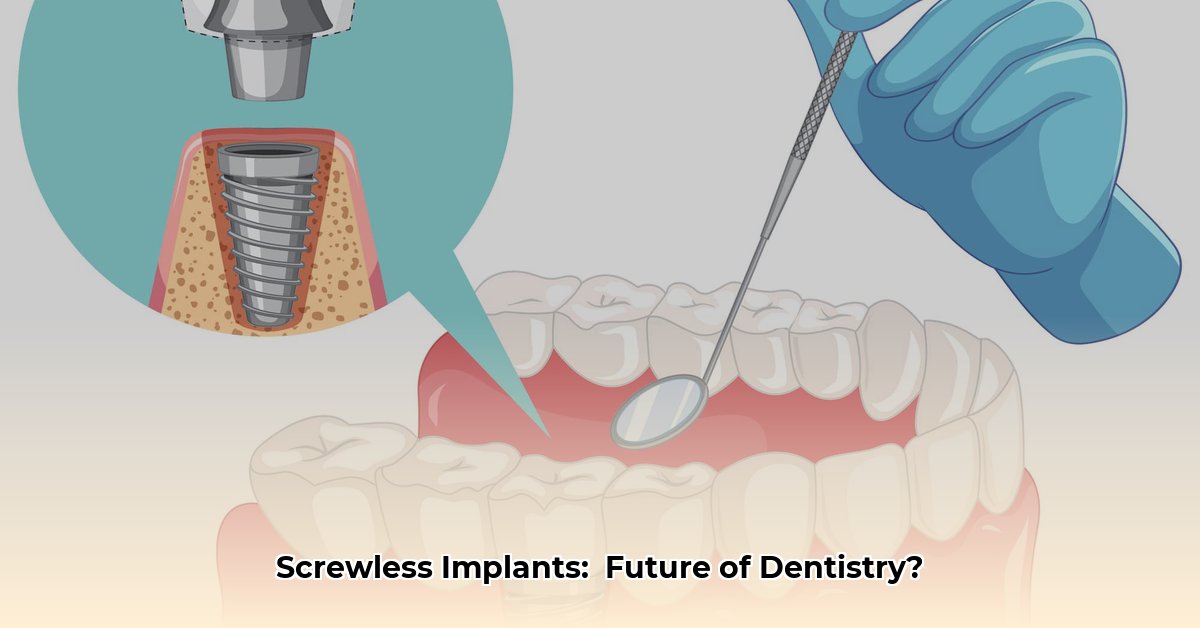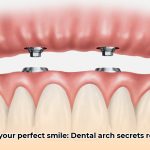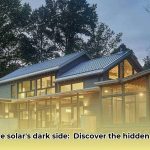Lost a tooth? Dental implants offer a permanent solution, and screwless implants are a cutting-edge option. This guide explores the types, benefits, drawbacks, costs, and candidacy for screwless implants, helping you make an informed decision about your smile.
What Are Screwless Dental Implants?
Screwless dental implants offer a modern approach to tooth replacement, eliminating the need for traditional screws. Instead, they utilize innovative connection methods—like friction-fit (imagine two puzzle pieces clicking together) or conometric connections (a precise cone-shaped fit)—creating a secure and natural-looking result. This design may also offer hygienic advantages.
Types of Screwless Implants
Let’s explore the different types of screwless implant connections:
- Conometric Connections: These utilize a cone-shaped connection, providing excellent stability and a natural look, making them popular for front teeth. They often minimize micromovement, which can contribute to long-term implant success.
- Mortaise and Tenon Connections: Modeled after a woodworking joint, a projection (tenon) on the implant fits into a corresponding hole (mortise) in the restoration, creating a strong bond. This can be especially robust for molars that handle significant chewing forces.
- Internal Hex or Octagon Connections: While these do use an internal screw, the access hole is hidden, providing a screwless aesthetic. This offers a balance of strength and a pleasing appearance. Some also consider magnetic attachments as a type of screwless option, though these have their own set of considerations.
How Do Screwless Implants Work?
The process is similar to traditional implants:
- Assessment: Your dentist evaluates your oral health, including gum and jawbone condition, as sufficient bone density is crucial for implant success.
- Implant Placement: A biocompatible titanium post is surgically embedded into your jawbone, acting as the artificial root.
- Osseointegration: Over several months, the implant fuses with the jawbone, providing a stable foundation.
- Crown Placement: This is where screwless implants differ. A custom-made crown is precisely fitted onto the implant post using the chosen connection method, creating a seamless attachment.
Screwless vs. Traditional Implants
| Feature | Screwless Implants | Traditional Implants |
|---|---|---|
| Attachment | Friction-fit, conometric, internal hex, etc. | Screw retained |
| Aesthetics | Enhanced; no visible screw hole | Screw access hole might be visible |
| Hygiene | Potentially improved; fewer crevices for plaque | May require more meticulous cleaning around screw |
| Stability | Likely superior due to precise fit; ongoing research | Generally excellent, established track record |
| Placement Ease | Often simpler/less invasive | Can be more complex depending on the case |
| Micromovement | Generally minimized | Potential for more micromovement |
| Cost | Typically higher due to newer technology and materials | Generally lower cost |
| Long-Term Data | Less extensive long-term data currently available | More long-term data available |
| Retrievability | Can be more complex | Simpler retrieval |
| Availability | Less common; requires specialized dentists | Widely available |
Benefits of Screwless Implants
- Enhanced Aesthetics: The absence of screw holes provides a more natural look.
- Improved Hygiene: The seamless surface may reduce plaque buildup and the risk of infection, though more research is needed to confirm long-term benefits.
- Enhanced Stability: The precise connection may offer superior stability over time, though long-term studies are still underway.
- Potentially Faster Placement/Recovery: Some dentists suggest the procedure may be quicker and less invasive, potentially leading to faster healing, but this can vary.
Drawbacks of Screwless Implants
- Higher Cost: Expect a higher price tag due to advanced technology and specialized components.
- Limited Availability: Finding qualified dentists experienced with screwless implants can be challenging.
- Less Long-Term Data: While initial results are promising, more research is needed to fully understand long-term success rates compared to traditional implants.
- More Complex Retrievability: While removable, the process can be more intricate than with screw-retained implants.
Cost, Candidacy, and Recovery
Costs vary depending on location, complexity, and the specific implant system. Discuss cost expectations with your dentist upfront. Ideal candidates have good oral health and sufficient jawbone density. Recovery time is typically similar to traditional implants, involving a healing process and adjustments for optimal comfort.
Finding a Provider
Locate a dentist specializing in implantology and restorative dentistry with a proven track record in screwless implant techniques. Inquire about their training, experience, and the specific systems they offer. Before-and-after photos can be helpful in assessing their work.
Future of Screwless Implants
Ongoing research is exploring new materials, connection mechanisms, and simplified placement techniques. These advancements suggest that screwless implants will likely play an increasing role in tooth replacement. For example, research into new biocompatible materials could lead to even better integration with the jawbone.
Conclusion
Screwless dental implants offer exciting advantages, particularly in aesthetics and potential hygiene benefits. However, consider the higher cost, limited availability of experienced providers, and the ongoing need for more long-term research. Consult with a qualified dental professional to determine if screwless implants are the right choice for your individual needs. They can offer personalized advice based on your specific situation and help you navigate the various options available.
- Hydro Extrusions USA Leads North American Aluminum Profile Solutions - December 28, 2025
- Hydro North America Leads Aluminum Extrusion Solutions Across Diverse Industries - December 27, 2025
- Hydro Extrusion North America Provides Custom Solutions Across Diverse - December 26, 2025
















